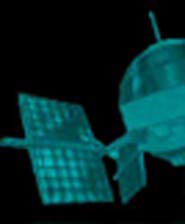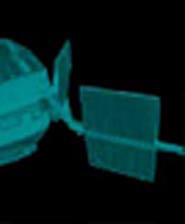



|
Fundamental to chaos theory is the phenomenon of sensitive dependence on initial conditions,commonly referred to as the Butterfly Effect. We have no way of knowing what effect technological media will have on the future of contemporary art. Today's situation is just as unpredictable as that of the last century, prior to the new discovery of film, television, holography and the computer. If, while examining the routes to our present we realize what the original idea or invention meant (or could have meant) at the time, keeping in mind even aspects which were later forgotten, then we may be able to "see into the future". Applying this method, we can perceive the new in the old, recognizing the original richness of that which later became tradition. We can see the old in the new, too, with its transience and the boredom of its fashionability. Although the fertile media environment appears to provide orientation, anyone existing within it can easily become lost due to information overload. A new analysis of historical events can, however, lead us out of the communication crisis. Archaeological media research, in itself an artistic activity, could be effective in bringing this issue to the fore and making the transitional step within the public sphere, into a consciousness of the future. With history as its starting point, this manifestation attempts to provide an overview of the current media art situation; it not only presents a general discussion on the shifting borders between science, technology and art in the 20th century, but renders a palpable image of the initial conditions and their possible effects with art works, events, lectures, discussions and the demonstration and utilization of media tools.
Mûcsarnok Exhibition Hall - Budapest Jan 20 - Feb 25, 1996 |